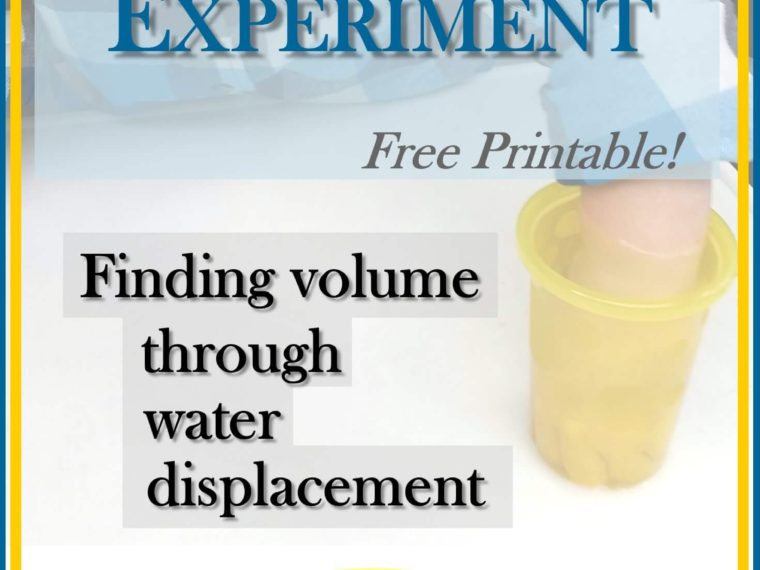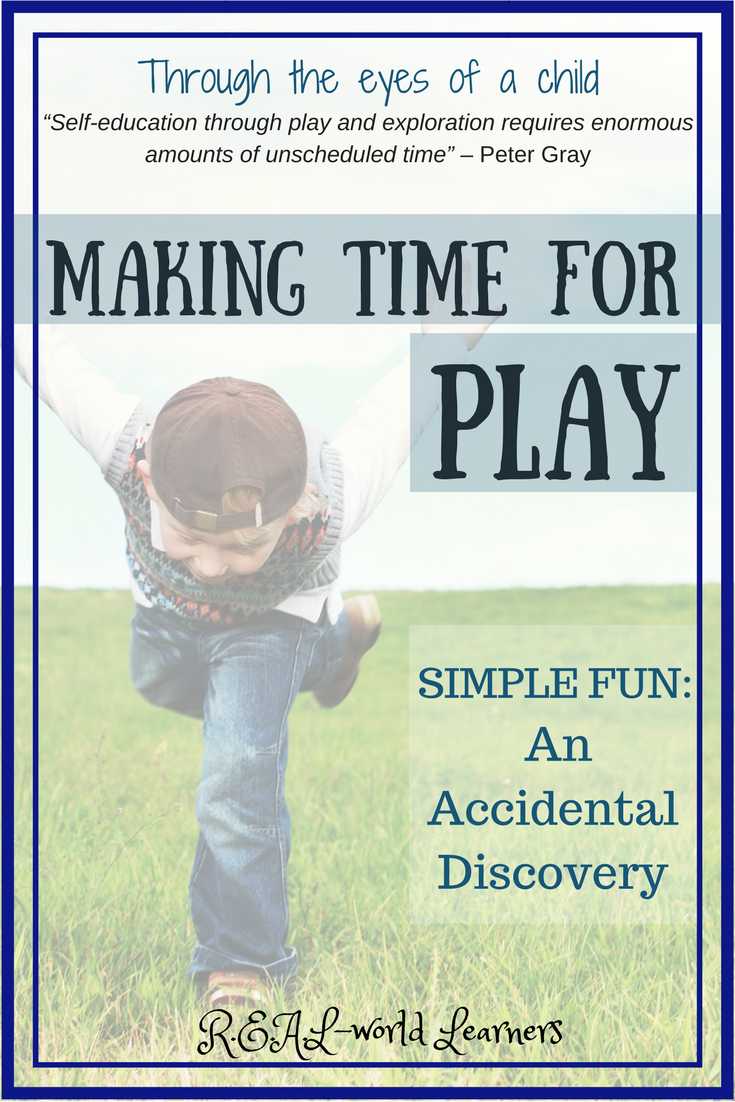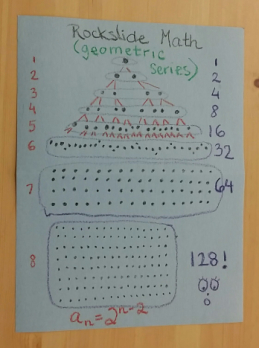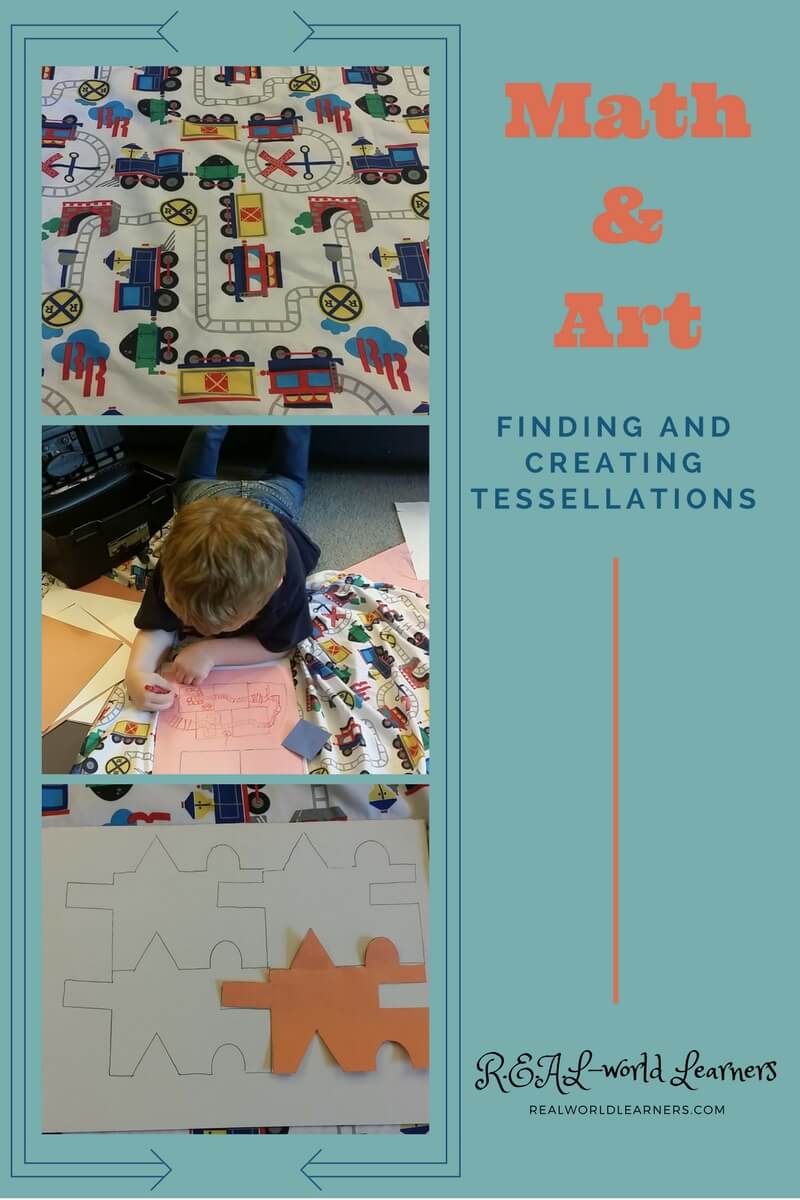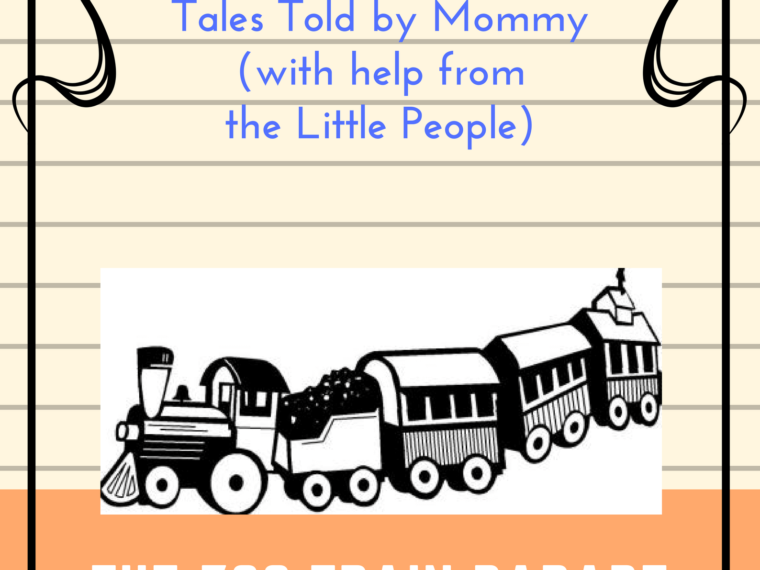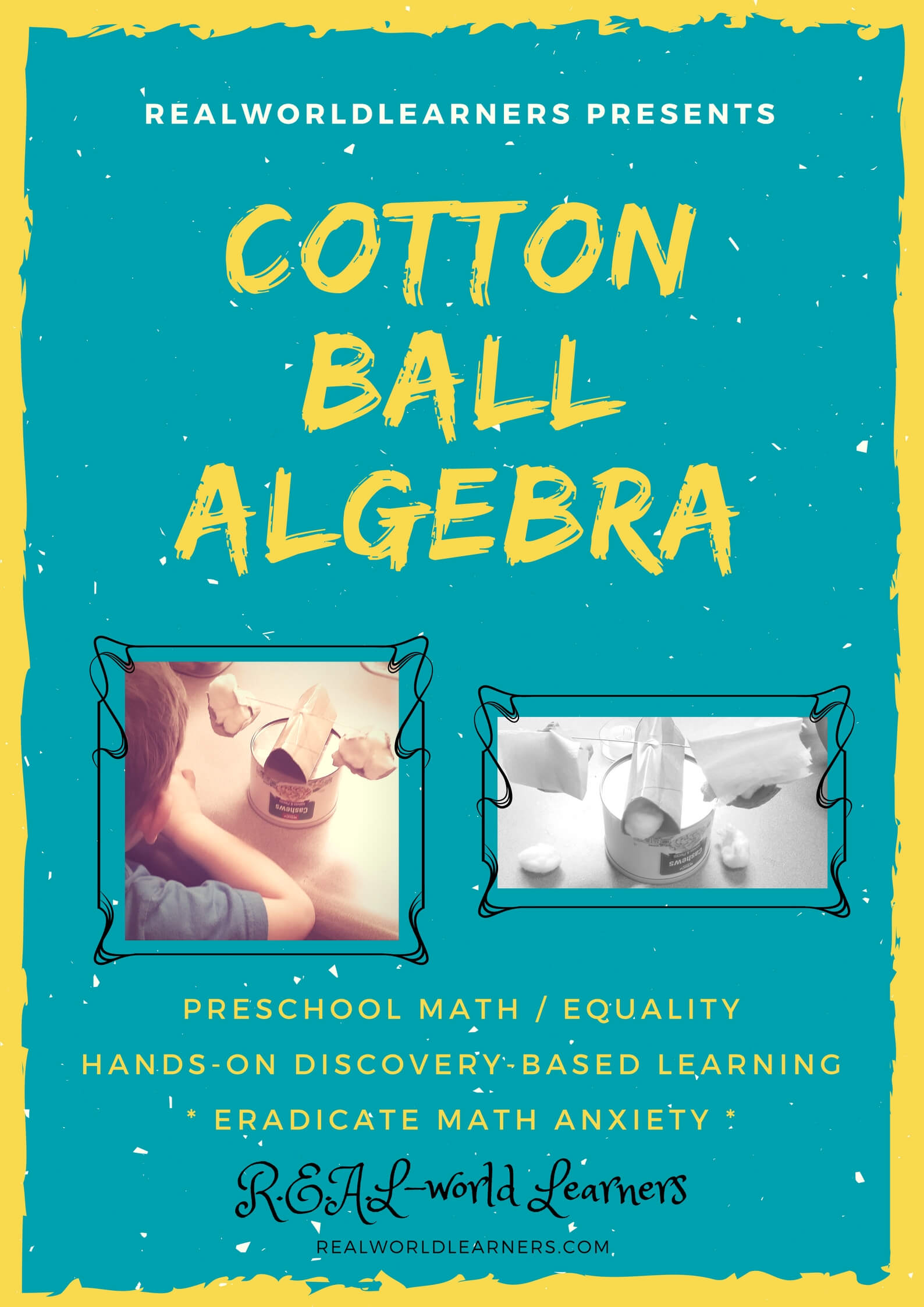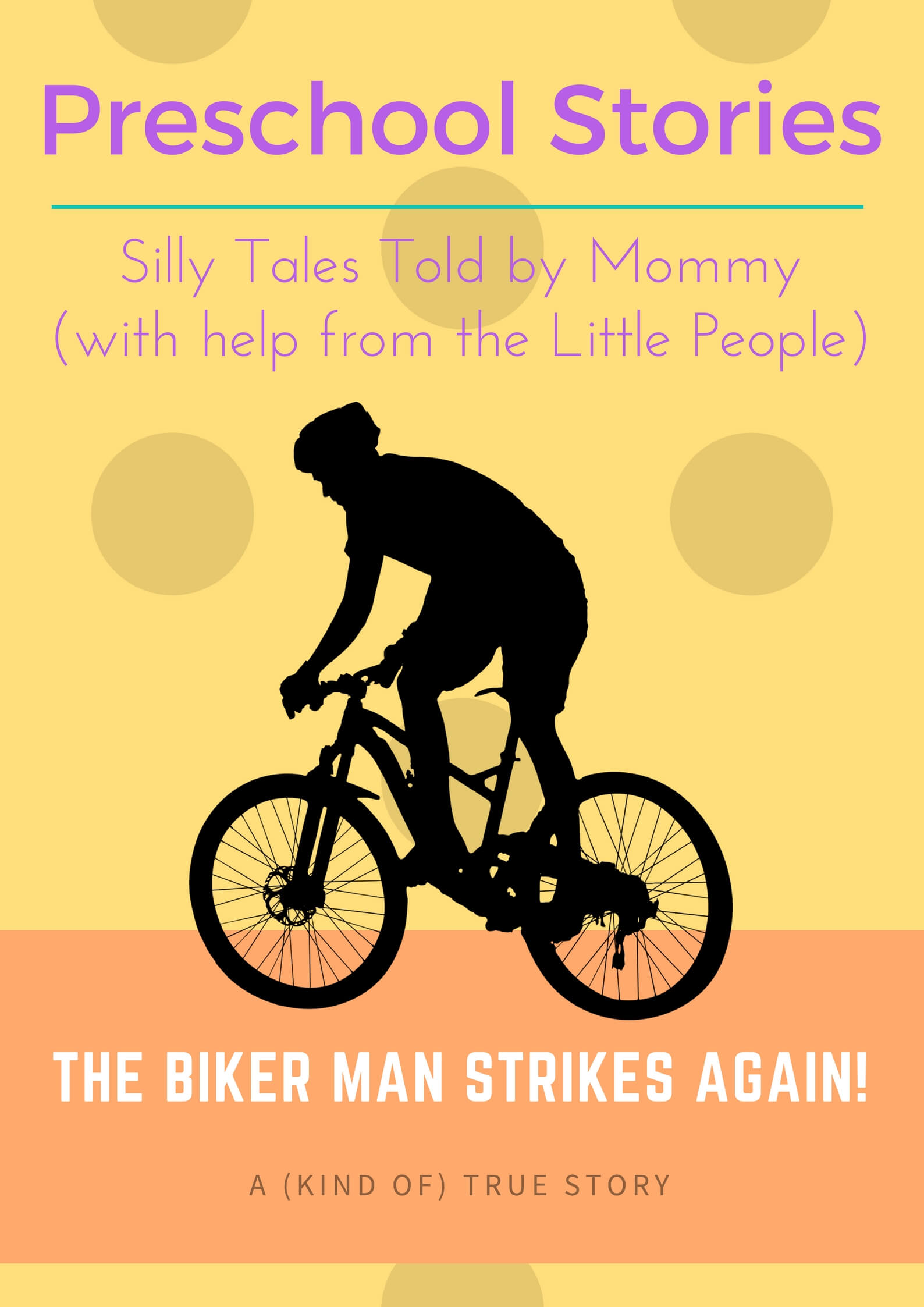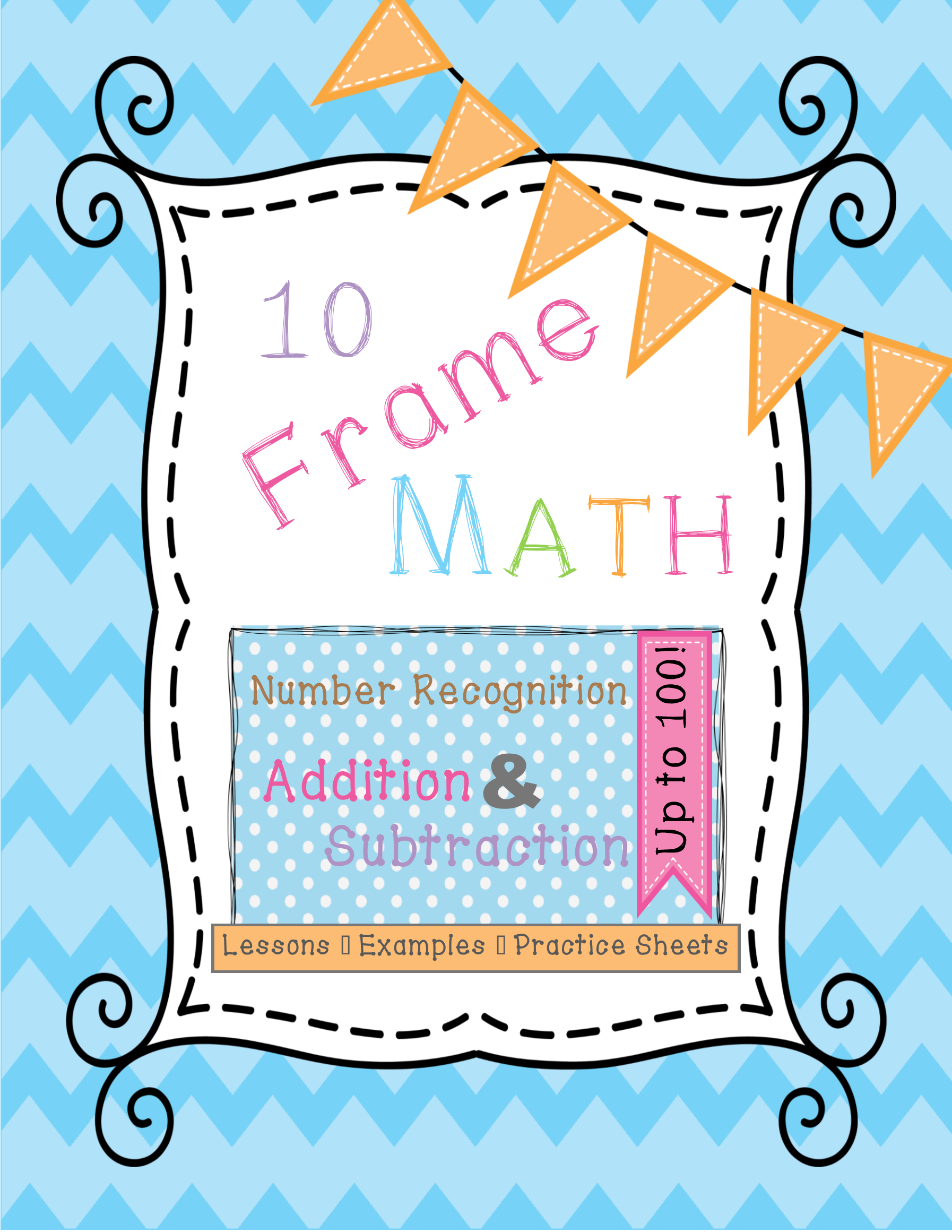… At first we practiced filling up the spaces with shells and counting them until N got familiar enough with the visual that he could tell me at a glance how many shells there were (for numbers 1 – 10). Then I filled up the first one with 10 shells and put a few shells in the next 10-frame so he could see that for numbers greater than 10, you don’t have to start counting from 1 every time — you know there’s already 10, so you can just add on. Here’s our visual of the number 14, which is clearly, from the diagram, 10 + 4.
Then I extended the idea to include adding two numbers that were each less than 10. For example, I set 5 shells in the top 10-frame and 7 in the bottom one. Then he would take shells out of the bottom one to fill up missing spaces in the top one. So 5 + 7 became 10 + 2, since the 7 shells were used to fill up the 5 empty spaces and there were 2 left over. Then we went back to the previous idea of counting on from a full 10-frame to find out that there were 12 altogether. … Read more…
